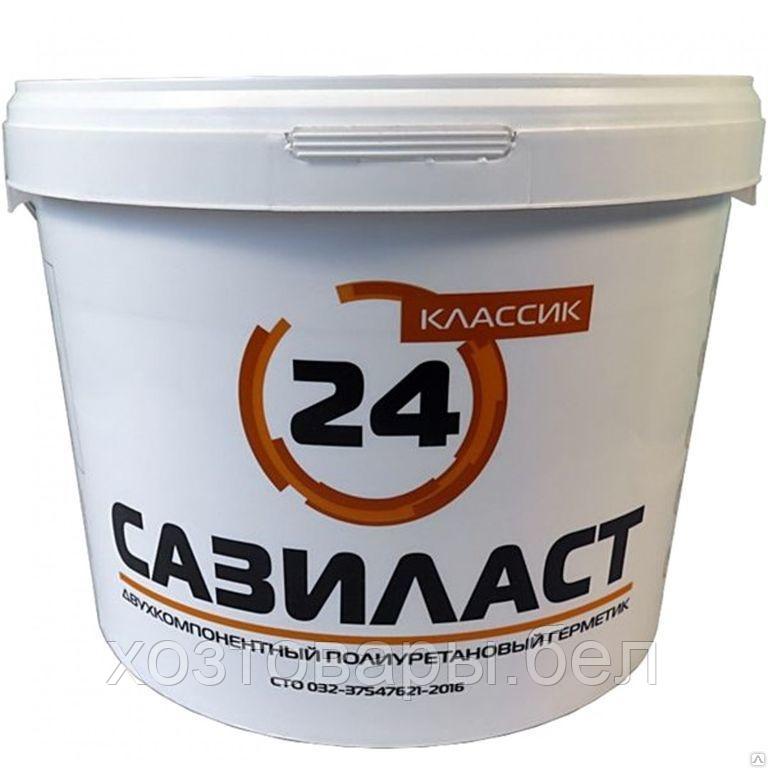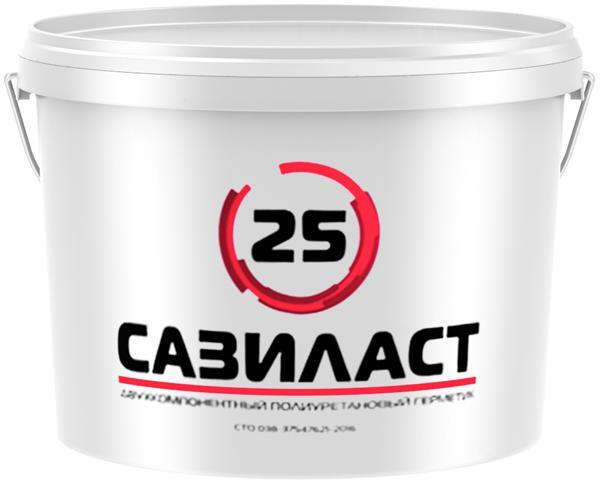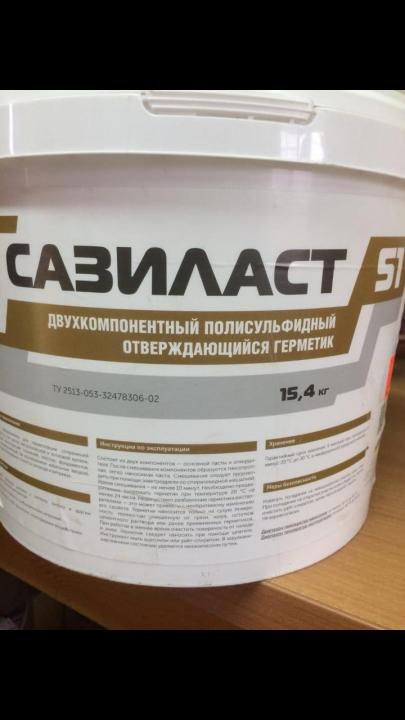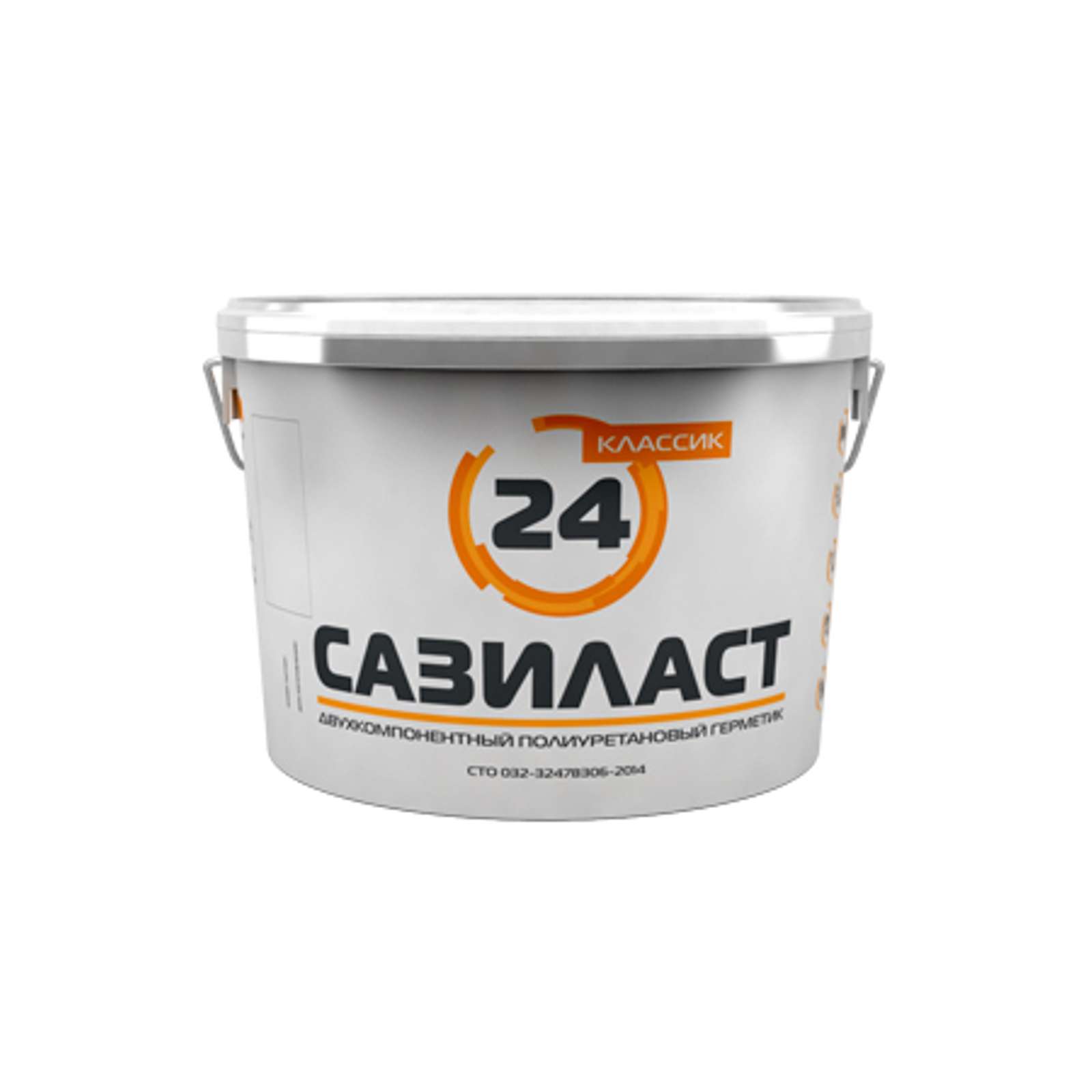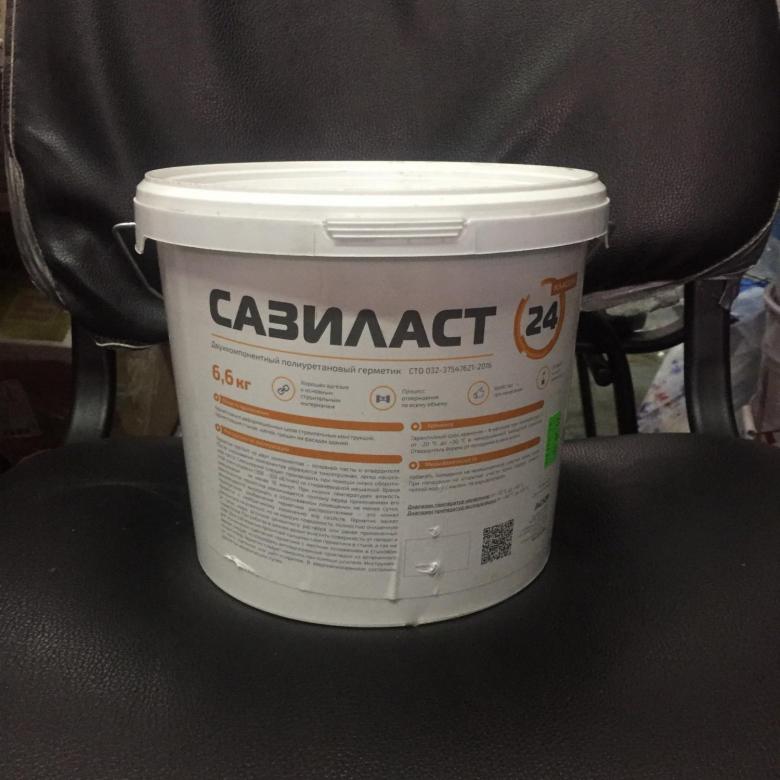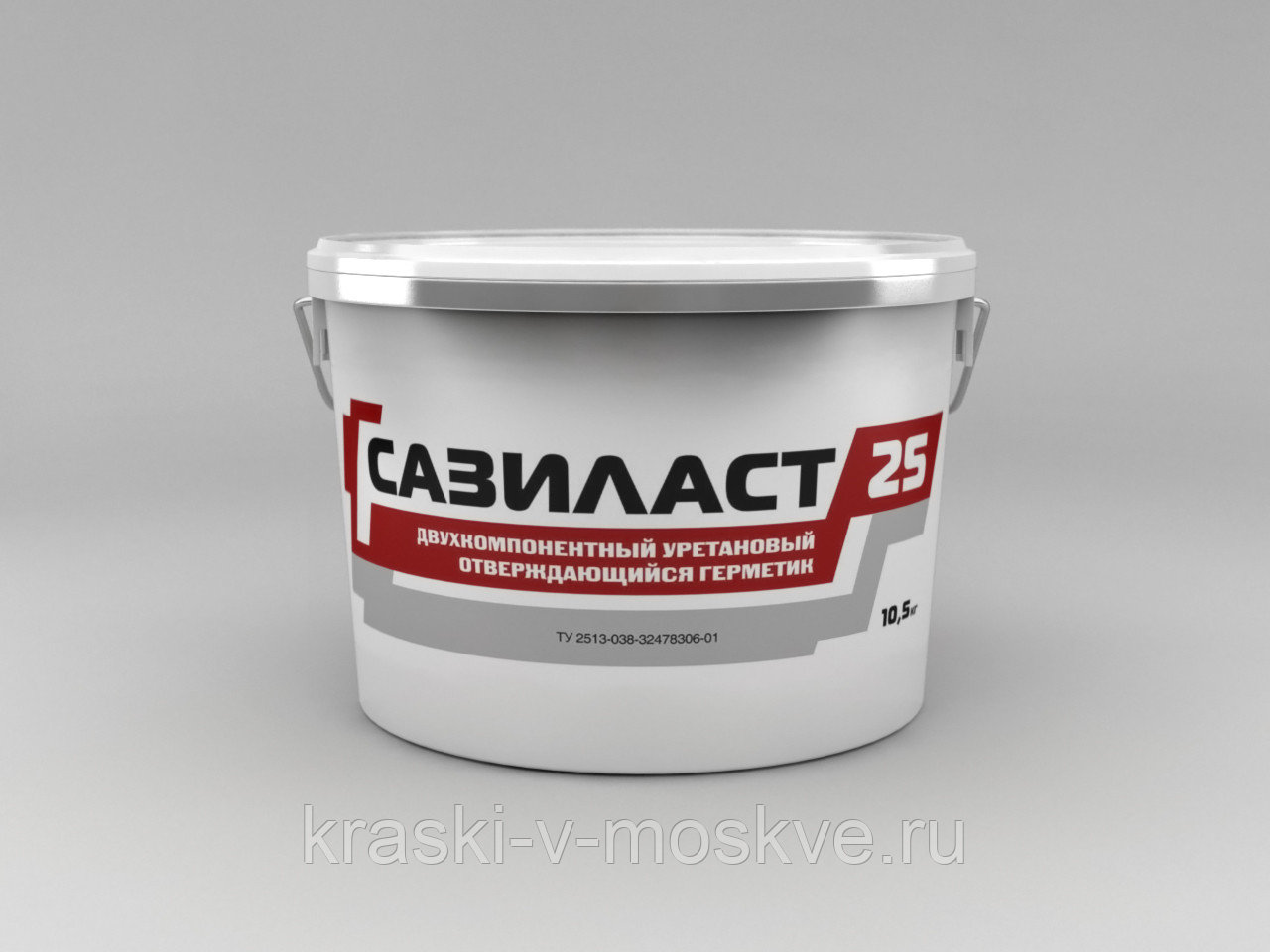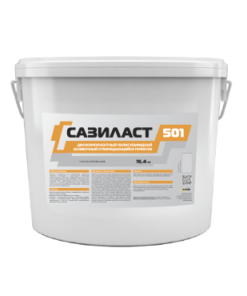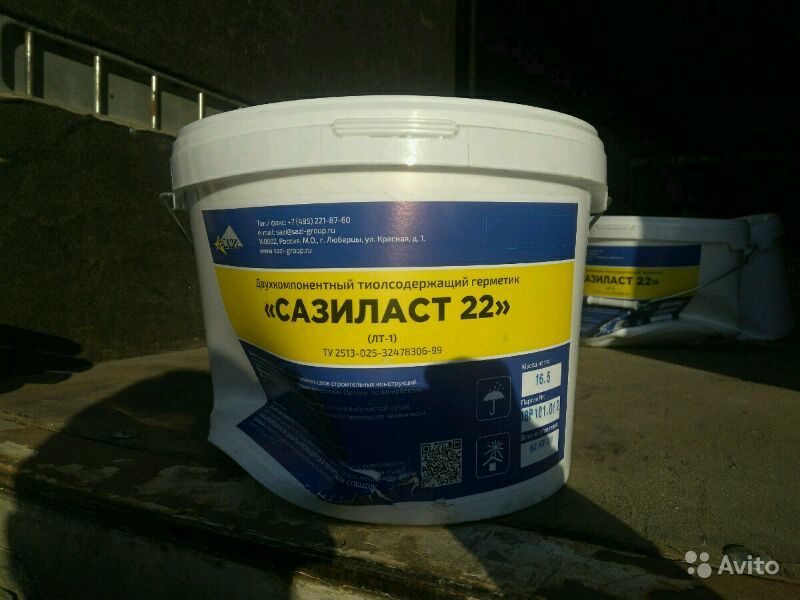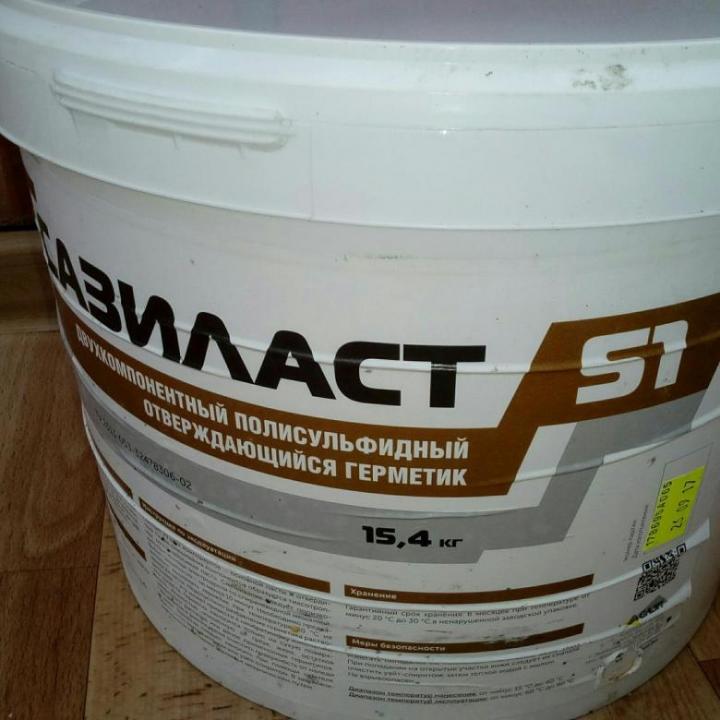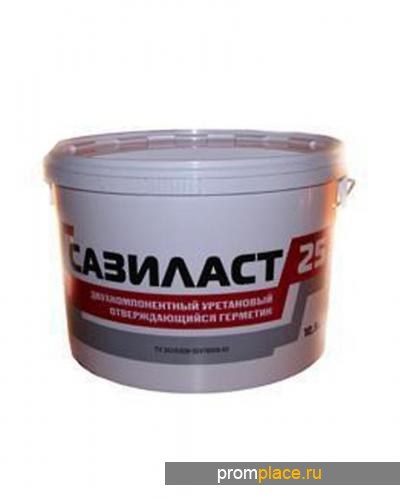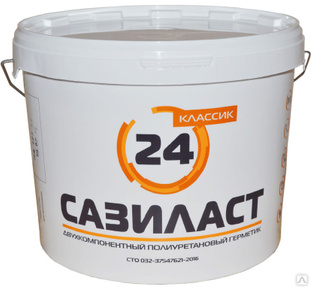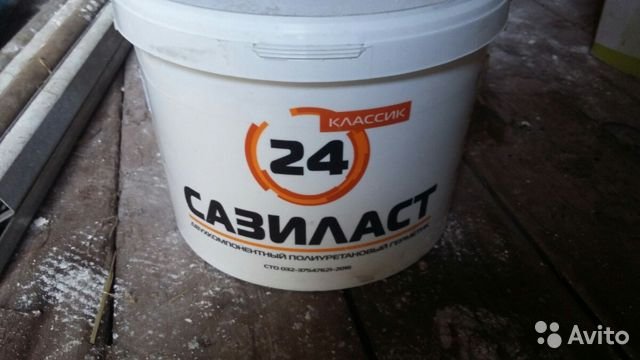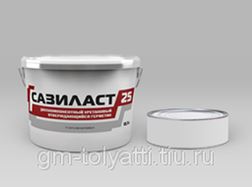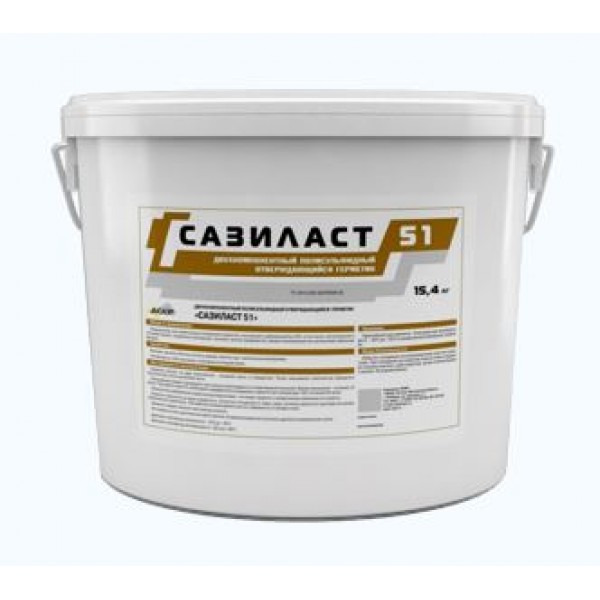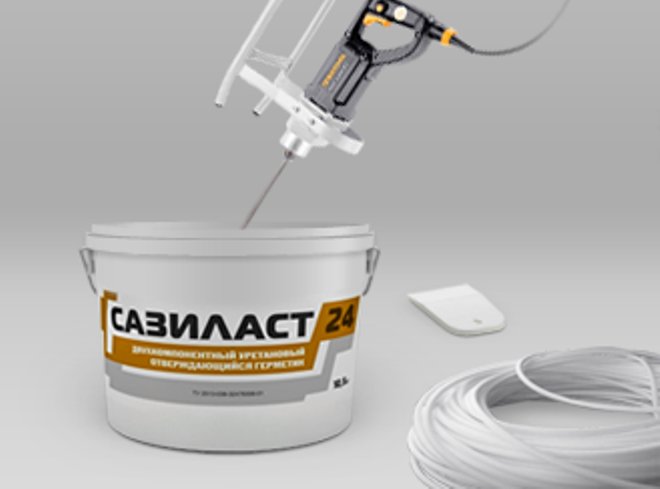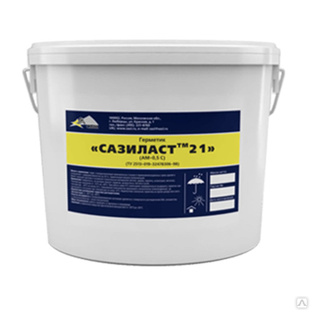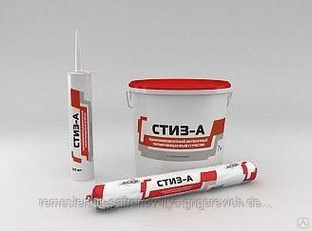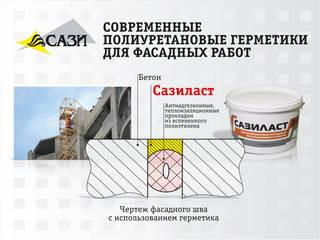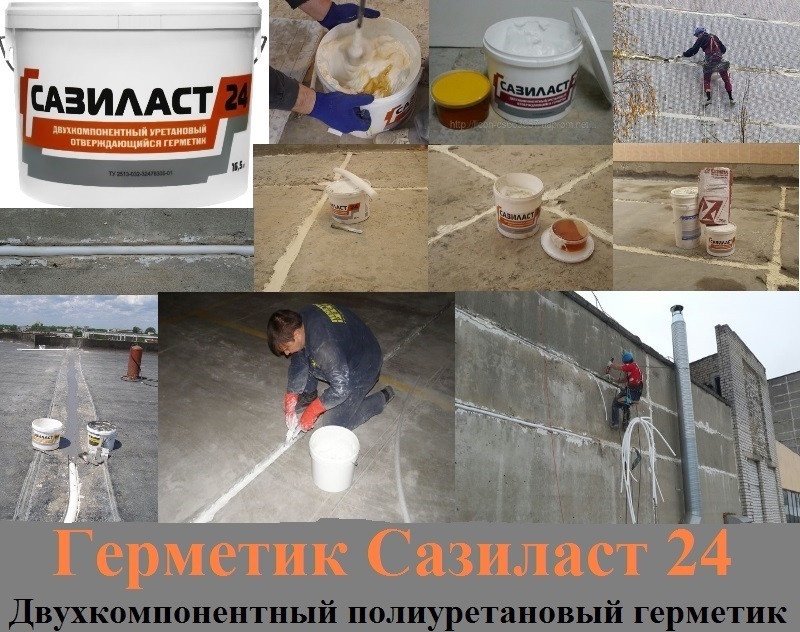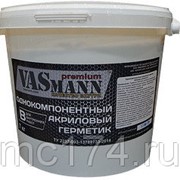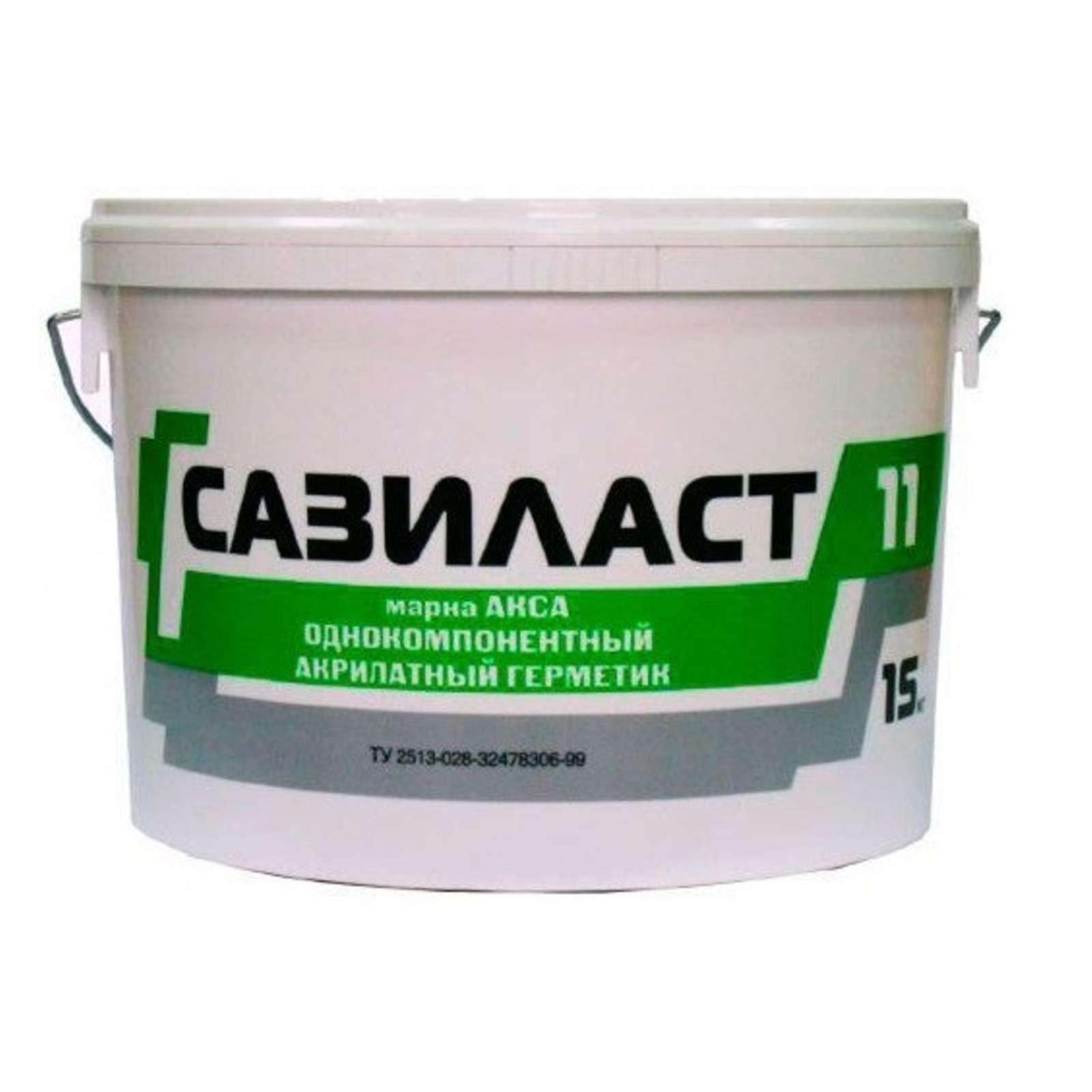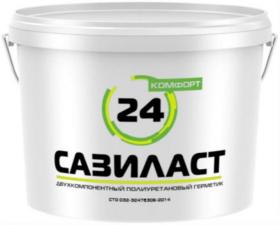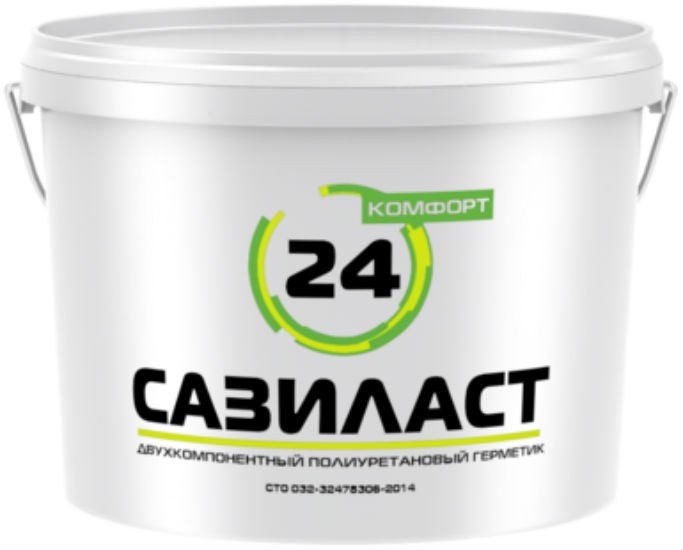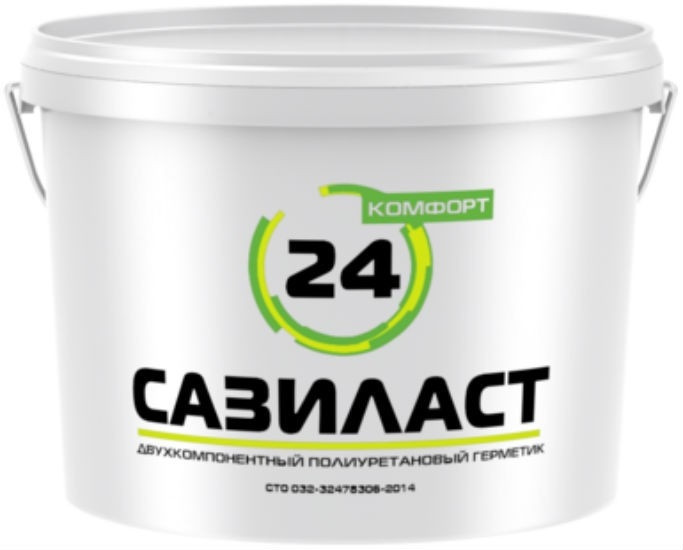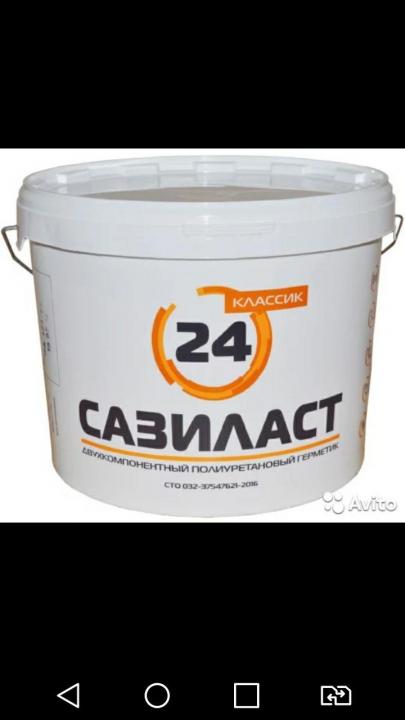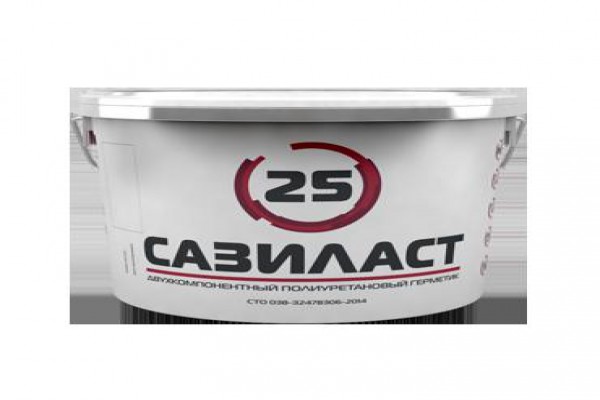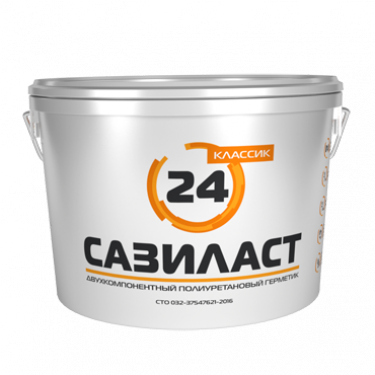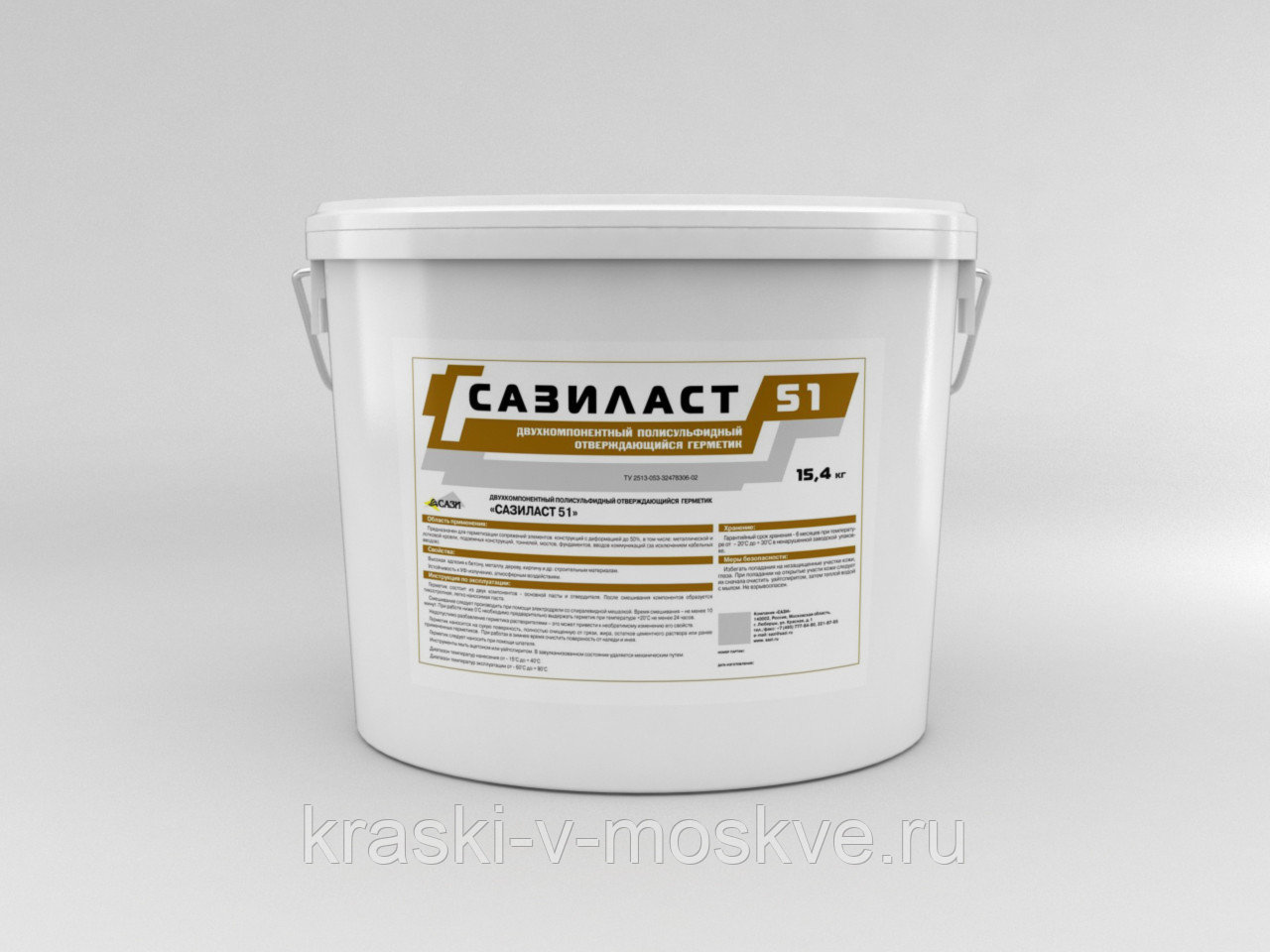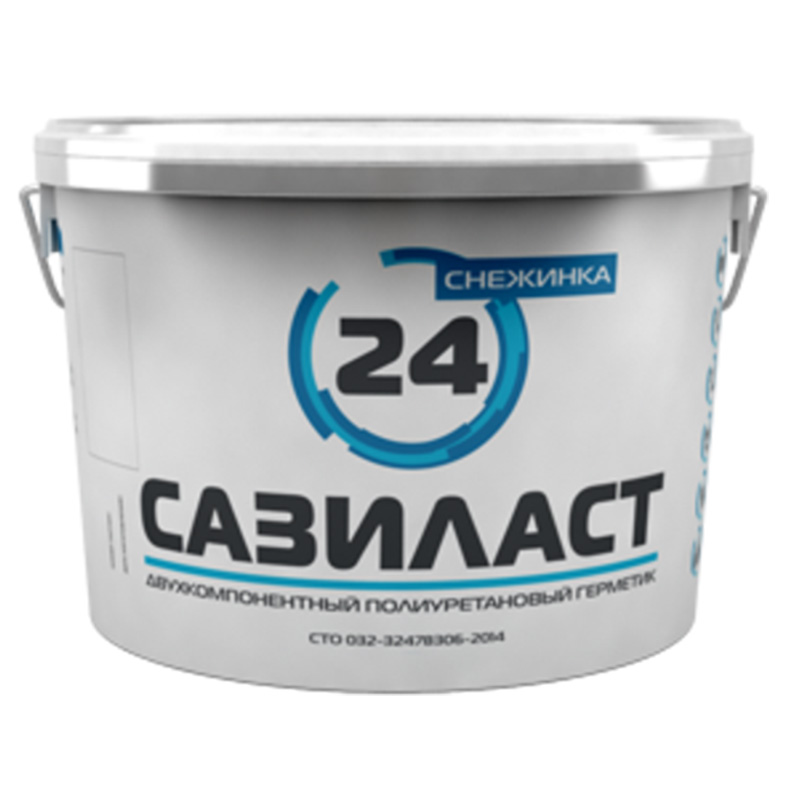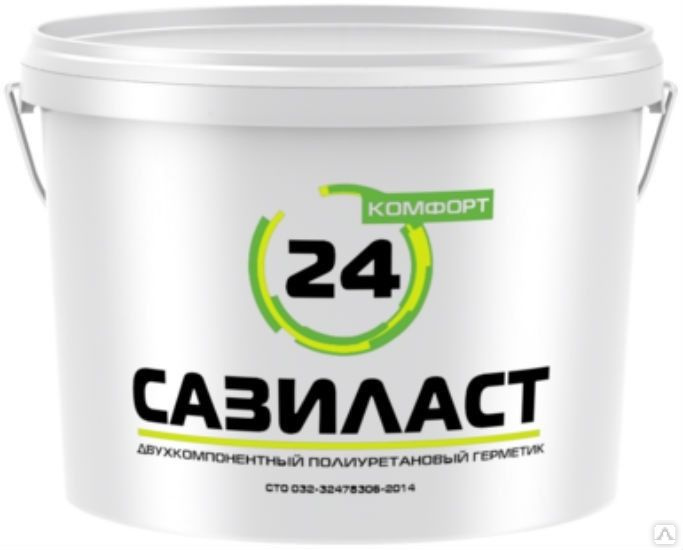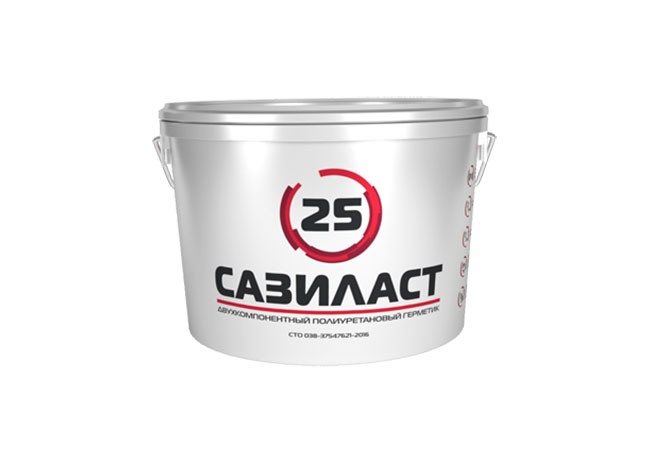Installation instructions
To work with the sealant, you will need a low-speed drill with a paddle nozzle, a rubber or metal spatula, construction tape, a hair brush, and a wooden spatula. For one-component formulations, you do not have to mix the components, therefore, a drill is not needed.
Sealant leveling spatulas
Surface preparation
Before work, the base must be well cleaned of any dirt, sweep away the dust with a brush, remove adhered mortar, old sealants, paint with a spatula, and snow and ice on the outer surfaces. The presence of obvious water droplets on the surface is not allowed, although it may be slightly damp. To make beautiful seams, it is advisable to paste over the edges of two joints with masking tape.
Cleaning the joint before applying the sealant
Thermal insulation layer
For the arrangement of thermal insulation, it is necessary to use special sealing bundles of the "Isonel" type, made of foamed polyethylene. They significantly reduce the thermal conductivity of the walls and increase the adhesion of the material to the sealant. The latter does not stick to the cord due to low adhesion to polyethylene, therefore, when the surfaces are deformed, the risk of damage to the entire layer of thermal insulation is reduced. By this, the sealant compares favorably with polyurethane foam, therefore, it is preferable to use.
The tourniquet is inserted into dry horizontal or vertical joints outside the wall, without stretching it to the sides. For the convenience of introducing the tourniquet, a wooden scapula of a rounded shape is taken. On average, each bundle should be compressed in the seam by 20-50% of the original volume.
Laying the sealing bundle in the tile seam
Sealant preparation
When combining the components of two-pack products, it is important to precisely observe the proportions recommended by the manufacturer. If there is too much hardener in the composition, the sealant will lose strength.
When less curing fluid is added than necessary, the sealant remains sticky or will not cure at all. When mixing the components in winter, they must first be kept warm for at least a day.
After pouring the hardener into the main composition, the mass is thoroughly mixed with a drill at low speeds. The remnants of both funds on the walls of the container must be removed with a spatula and also added to the mixture, and then mixed again. The total duration of "whipping" the sealant should be about 10 minutes, until the mass becomes homogeneous.
Preparing the two-component sealant for application
Sealant application
The agent is introduced into the seam with a spatula, observing the layer thickness of 3 mm or more. If the seam width is more than 4 cm, then the sealing is carried out in 2 stages. First, the product is applied along the edges, then in the center of the joint.
Safety engineering
Avoid contact of Sazilast sealants on skin and mucous membranes. To prevent this from happening, you need to work with gloves, a mask, glasses
If the composition comes into contact with the skin, it is important to immediately wash the area with soap. Tools after work can be easily cleaned with acetone, white spirit
Personal protective equipment for working with sealant
Sazilast sealants are real assistants to the masters. They will be useful for the construction and repair of private and apartment buildings, restoration and construction of other structures. Given the variety of formulations, you can easily find the right sealant for your situation.
Varieties
There is a wide variety of packaging for sealant. The most popular are plastic buckets weighing 15 kg.
Depending on the type of application, 2 groups are distinguished:
- for foundation installation;
- for the repair of building facades.
To repair the foundation, use "Sazilast" -51, 52 and 53. They are made of a two-component composition, namely a hardener based on a polyurethane prepolymer and a base paste based on a polyol. They have good resistance to vibration loads, and are also characterized by resistance to chemically aggressive substances
Resistant to ultraviolet radiation / compositions 51 and 52 /, therefore it is recommended for use for roofing work. When processing in hard-to-reach places, the composition - 52 is mainly used, since it has a more fluid consistency. For work with high humidity, the best option is seal 53, since it is particularly resistant to prolonged exposure to water.
All sealants show excellent protective properties, they reliably resist the effects of:
- water;
- acids;
- alkalis.
Sazilast -11, 21, 22, 24 and 25 are used to repair the facade of buildings, residential premises and not only. seam layer. Type 21, 22, and 24 two-piece polysulfide seals are not intended for residential use. Sealant No. 25 is a polyurethane-based sealant characterized by quick readiness for use, since it does not depend on the parameter of the joint and external temperature parameters of the environment. It can also be stained with paints and various substances.
It is used for planes with a surface curvature of up to 25%, as well as seals 22 and 24. The uniqueness of sealant 25 is manifested in the possibility of using about 50% for an irregular surface. All types of "Sazilast" are highly durable and resistant to temperature extremes.
Description of sealant Sazilast 25
Two-component non-shrinkage curing sealant Sazilast 25 is developed on the basis of polyurethane polymer using the latest technological solutions.
Sazilast 25, due to its enhanced technical characteristics, contributes to a significant increase in the turnaround time, when used on objects with standard parameters of interpanel joints (joint width 2 cm, deformation no more than 25%), thereby ensuring cost savings.
It is used on objects with high vibration load. After mixing the components, a thixotropic, easy-to-apply paste is formed. The components should be mixed using a 600-800 W electric drill with a spiral stirrer. Mixing time - at least 10 minutes. At low temperatures, the viscosity of the components of the sealant increases, therefore, before use, it should be kept in a heated room for at least a day. After curing, it is an elastic, rubber-like material with high deformation and strength properties.
It is inadmissible to dilute the sealant with solvents - this can lead to an irreversible change in its properties. The sealant can be applied to a damp (but not wet) surface that is completely free of dirt, grease, grout residues or previously used sealants. When working in winter, clean the surface from ice and frost. To comply with the design thickness of the sealant layer in the joint, as well as to exclude the adhesion of the sealant to the rigid base in the joint gap, anti-adhesion gaskets made of expanded polyethylene should be used. The sealant should be applied with a spatula. Wash tools with acetone or white spirit. In a vulcanized state, it is removed mechanically.
Packaging and storage
Set - 10.5 kg: basic paste - 9 kg (plastic bucket), hardener - 1.5 kg.
The guaranteed shelf life is 6 months at temperatures from –15 ° С to + 30 ° С. Protect the hardener from moisture.
Check the availability and cost of goods by phone.
Features of sealants
The line of Sazilast sealants is quite extensive and includes several products with different properties, composition, technical characteristics. The most famous sealant is Sazilast-24, made on a polyurethane base. Most sealing materials are considered versatile, suitable for indoor and outdoor use, and for application to damp substrates.
Features of brand sealants are as follows:
- neutrality to the influence of acids, alkalis, ultraviolet radiation, oils;
- water resistance and waterproofness;
- tolerance to vibration and other types of mechanical stress, temperature extremes, high humidity;
- long service life (from 15 years);
- the possibility of application on the floor, walls, facades, roofs, for sealing joints, seams, cracks when working with all building materials;
- application at positive and negative temperatures;
- good interaction with paint, plaster;
- admissibility for working with deformable bases (at a deformation level of up to 15-25%).
Sazilast sealants are highly waterproof and resistant to aggressive environments.
Varieties
9 types of various sealants are produced under the Sazilast trademark.
They can be divided into two main groups, differing in technical characteristics:
- for foundation and roofing works;
- for facade work.
The first group can be attributed to substances that are subject to increased requirements. Their main components are polysulfides. This includes two-component sealants "Sazilast-51", "Sazilast-52", "Sazilast-53". However, product numbers 51 and 52 are particularly good at withstanding the negative effects of UV rays, making these samples excellent for roof sealing.
If we compare the fluidity of these types, then the product at number 52 is more liquid. It is often used to seal hard-to-reach areas. Sazilast-51 sealant withstands temperature extremes better. It can be applied at temperatures ranging from -15 to +40 degrees, and after hardening, the material can be operated in the range from -60 to +70 degrees. Sazilast-53 is more suitable for foundation work. It perfectly tolerates high humidity, it can stay in water for some time.
The second group includes products numbered 11, 13, 21, 22, 24, 25. Among these sealants, it is worth highlighting material at number 11. It is a one-component acrylic substance. "Sazilast-11" is used both indoors and outdoors, including for finishing balconies and tile joints. This product is easy to apply, even a person who has not dealt with sealants before can handle it.
"Sazilast-21", "Sazilast-22", "Sazilast-24" are two-component compositions based on polysulfides. They are used on surfaces with a deformation of up to 25%. Product number 21 has additional UV protection so it can be used on surfaces exposed to direct sunlight. The most temperature-resistant material in this group is Sazilast-22.
"Sazilast-13", "Sazilast-25" - two-component compositions based on polyurethane. They are very plastic, used for sealing surfaces, the deformation of which is up to 50%. In this case, product number 13 can be used at the same temperature regime as sample number 51.
Varieties
Sealants are produced in tubes, cartridges and buckets weighing up to 15 kg. The most popular polyurethane sealant "Sazilast-24" is produced in three modifications:
- "Classic". A universal tool for sealing joints in panel housing construction, easily tolerating deformation of the coating. Designed for a wide range of operating temperatures (–60 ... + 70 degrees), ideally adheres to concrete, foam concrete, brick. Easy to apply, available in white and gray.Has a two-component form (paste and hardener).
- "Comfort". Universal sealant for application at –15… + 50 degrees. A feature is the tearing of the product from the base with short threads, as a result of which it does not reach for the tape when removed.
- "Snowflake". Due to the presence of modified plasticizers, the components of this sealant can be mixed and applied at low temperatures (up to –20 degrees). It is quite viscous and does not run off vertical seams.
Snowflake two-component polyurethane compound
Another popular product is Sazilast-25, a two-component polyurethane curing sealant. It is used to seal expansion joints of concrete and other building structures, which are subject to shifts of no more than 25%. After hardening, the sealed joints can be painted with any organic solvent-based compounds.
Composition for sealing joints Sazilast-25
Other sealants brands that can be found in hardware stores:
- "Sazilast-9" - contains hybrid polymers, thixotropic, has high elasticity, can be used on facades and indoors;
- "Sazilast-22" - a curing thiol-containing sealant with a low viscosity, cannot be painted;
- "Sazilast-21" - polysulfide composition with increased resistance to UV radiation and atmospheric influences, suitable for metal work;
- "Sazilast-13" is a one-component polyurethane material in the shape of a "sausage", has an increased resistance to dripping, is suitable for metals and alloys;
- "Sazilast-503" is a polysulfide two-component sealant with increased adhesion to concrete, glass, brick, as well as with high resistance to UV and aggressive substances;
- "Sazilast-502" - a filling polysulfide sealant for sealing joints of elements of different structures with a low modulus of elasticity;
- "Sazilast-51" - a curing thiokol compound with high resistance to runoff for sealing roofs, attics, communications;
- "Sazilast-53" is a polysulfide two-component composition for working with elements of roads, sewers, joints in concrete products.
Sazilast-51 polysulfide curing sealant
Features and Benefits
Each Sazilast sealant is a substance that, after being applied to the surface, begins to evaporate water. This triggers the vulcanization reaction. The result is a fairly hard rubber-like material. It is not affected by acids and alkalis, perfectly protects the surface from moisture penetration. Such material is not afraid of ultraviolet radiation, as well as various vibrations.
Sazilast sealants have a number of advantages that explain their popularity.
- The quality of the products meets the highest requirements, which is why it is used in the space industry. Brand materials have an international quality certificate.
- A wide range of products allows you to choose the building material according to your needs.
- The manufacturer's sealants retain their properties for more than 15 years.
- Means perfectly tolerate changes in temperature and humidity.
- Products can be applied to damp surfaces without fear of water film.
- The compositions have good adhesion to concrete, wood, aluminum, brick, building stone.
- The resulting coating does not flake off the paint.
- Compositions are elastic, suitable for surfaces with little deformation.
- The products are available in various containers. You can choose a plastic cartridge with a capacity of 0.31 l, a tube with a volume of 0.6 l, a plastic or metal bucket weighing up to 15 kg.
Recommendations
To apply the sealant during repair activities, the following tools are required:
- low-speed drill with a paddle attachment;
- spatulas;
- masking tape.
It is important for safe operation to thoroughly clean the surface of the structure.The protective layer is applied to a dry or damp surface
For a neat and aesthetic appearance of the expansion joint, mounting tape is glued to the edges of the finishing material.
Appropriate to use subject to:
- the right proportions;
- temperature conditions.
When applying a protective one-component sealant 11, it is not allowed to overlay the surface with a moisture content of more than 90%, as well as its contact with water. The addition of a solvent is strictly prohibited, since the characteristics of the composition will change, without them reliable installation will be impossible. For compositions 51, 52 and 53, it is recommended to apply the material to the surface at an ambient temperature of -15 to + 40 degrees C. The layer should be less than 3 mm; if the joint width is more than 40 mm, then the area should be sealed in two approaches. Apply to the substance around the edges, then pour over the joint.


